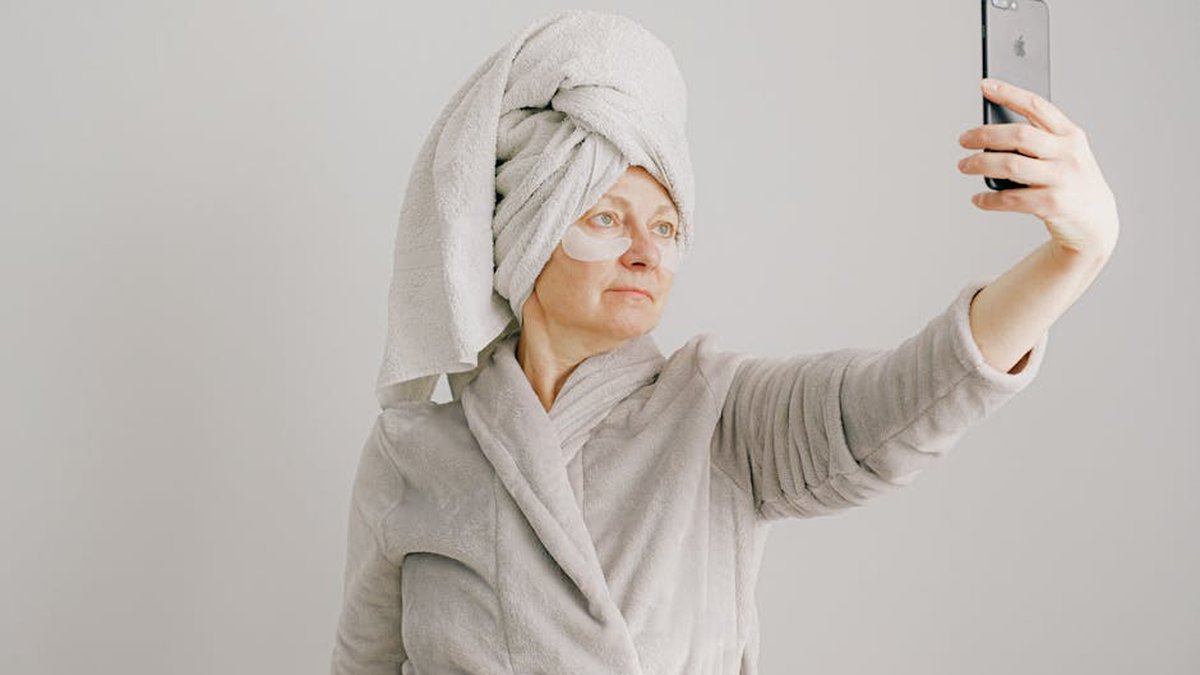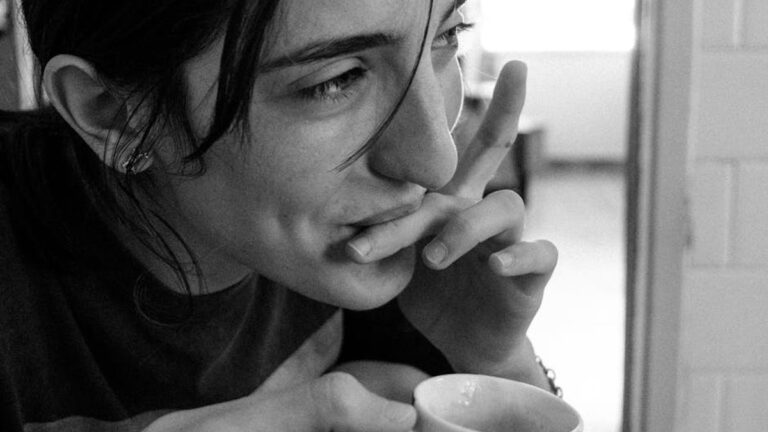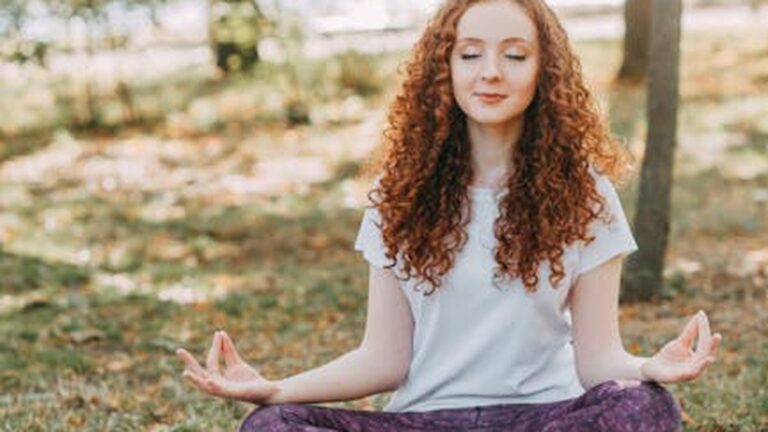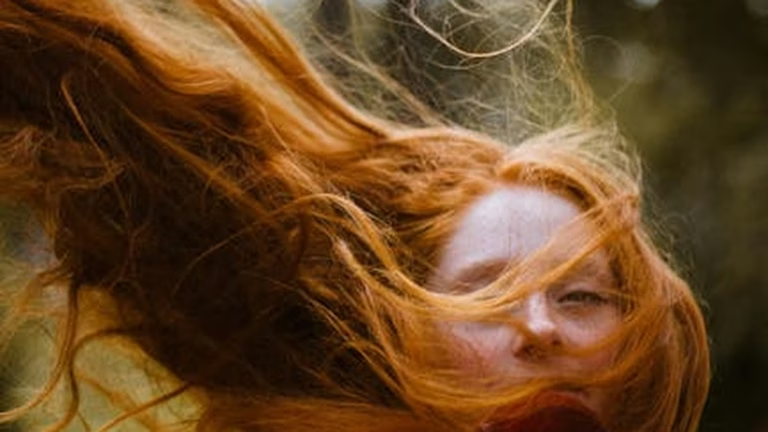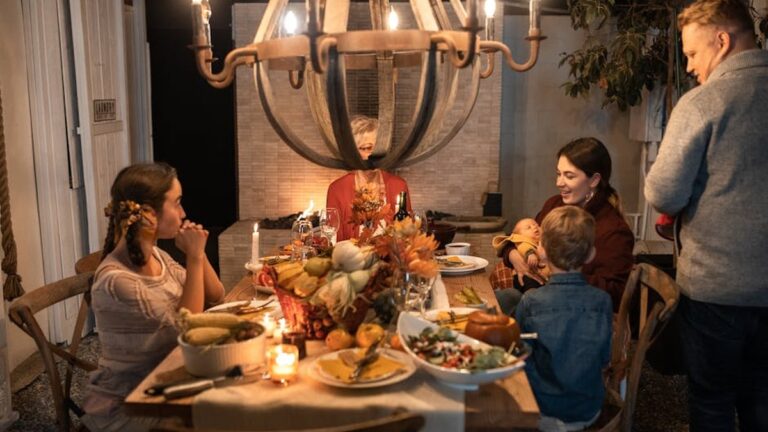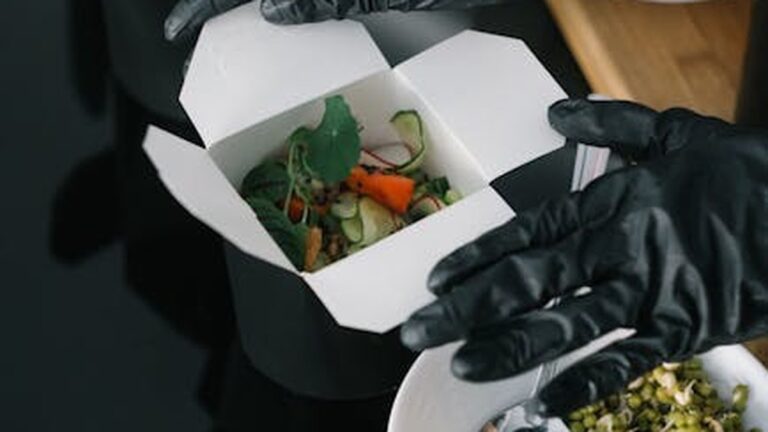Preventing Falls in Seniors: Simple Home Modifications for Safety and Independence
Introduction: Keeping Seniors Safe at Home
As we age, maintaining independence and a good quality of life becomes increasingly important. One of the biggest threats to both is the risk of falling. Falls are a leading cause of injury and disability among older adults, but the good news is that many falls are preventable. Simple home modifications can dramatically reduce the risk and help seniors stay safe and independent in their own homes.
This guide will walk you through practical, easy-to-implement changes you can make to create a safer living environment for yourself or your loved ones. Let’s explore how to transform a potential hazard zone into a haven of safety and comfort.
Identifying Fall Risks in the Home
Before making any changes, it’s crucial to identify potential fall hazards. Take a walk through each room of the house, paying close attention to:
- Lighting: Is it adequate, especially in hallways and stairways?
- Flooring: Are there loose rugs or uneven surfaces?
- Furniture: Is it stable and arranged to allow for easy movement?
- Bathrooms: Are there grab bars in the shower and near the toilet?
- Stairways: Are there sturdy handrails on both sides?
Once you’ve identified the potential risks, you can start making modifications.
Simple Home Modifications to Prevent Falls
Improving Lighting
Poor lighting is a major contributor to falls. Here’s how to brighten things up:
- Increase wattage: Use brighter light bulbs in all fixtures.
- Add nightlights: Place nightlights in hallways, bathrooms, and bedrooms.
- Install motion-sensor lights: These are especially helpful in hallways and entryways.
- Ensure easy access to light switches: Consider installing rocker-style switches that are easier to operate.
Example: Consider installing under-cabinet lighting in the kitchen to illuminate countertops and prevent tripping over items on the floor.
Addressing Flooring Hazards
Flooring can be a major tripping hazard. Take these steps to make it safer:
- Remove loose rugs: Either remove them entirely or secure them with non-slip pads.
- Repair uneven surfaces: Fix any cracks or holes in flooring.
- Secure carpets: Make sure carpets are securely attached to the floor.
- Avoid clutter: Keep walkways clear of clutter, such as boxes, shoes, and cords.
Example: If you have throw rugs, replace them with area rugs that are securely attached to the floor with carpet tape or non-slip padding.
Bathroom Safety Modifications
Bathrooms are particularly hazardous due to slippery surfaces. Here’s how to make them safer:
- Install grab bars: Install grab bars in the shower/tub and near the toilet.
- Use a shower chair or bench: This allows seniors to sit while showering, reducing the risk of falls.
- Apply non-slip mats: Place non-slip mats in the shower/tub and on the bathroom floor.
- Raise the toilet seat: A raised toilet seat can make it easier to sit down and stand up.
Example: A raised toilet seat with arms can provide extra support and stability.
Stairway Safety Enhancements
Stairways can be challenging for seniors. Make them safer with these modifications:
- Install sturdy handrails: Ensure handrails are present on both sides of the stairway and are securely attached.
- Improve lighting: Ensure adequate lighting on the stairs, including at the top and bottom.
- Mark the edges of steps: Use contrasting colors or non-slip tape to highlight the edges of each step.
- Remove tripping hazards: Keep the stairway clear of clutter.
Example: Use reflective tape on the edge of each stair to increase visibility, especially at night.
Furniture Arrangement and Stability
The way furniture is arranged can impact safety. Consider these points:
- Ensure furniture is stable: Repair or replace wobbly furniture.
- Arrange furniture for easy movement: Create wide pathways and avoid overcrowding.
- Avoid low furniture: Low couches and chairs can be difficult to get up from.
- Consider assistive devices: Encourage the use of walkers or canes if needed.
Example: Place frequently used items within easy reach to avoid stretching or bending, which can lead to loss of balance.
Beyond Home Modifications: Additional Fall Prevention Strategies
While home modifications are crucial, they’re just one piece of the puzzle. Encourage seniors to:
- Exercise regularly: Focus on exercises that improve balance and strength.
- Review medications: Some medications can increase the risk of falls.
- Get regular eye exams: Poor vision can contribute to falls.
- Wear appropriate footwear: Avoid loose-fitting slippers and choose shoes with good support.
- Stay hydrated: Dehydration can lead to dizziness and lightheadedness.
Conclusion: Empowering Seniors to Live Safely and Independently
Preventing falls is an ongoing process, but by implementing these simple home modifications and encouraging healthy habits, you can significantly reduce the risk and help seniors maintain their independence and quality of life. Take the time to create a safer living environment, and you’ll be investing in the well-being of yourself or your loved ones for years to come. Remember, a safe home is a happy home, allowing seniors to continue to thrive in the comfort and familiarity of their own surroundings.
